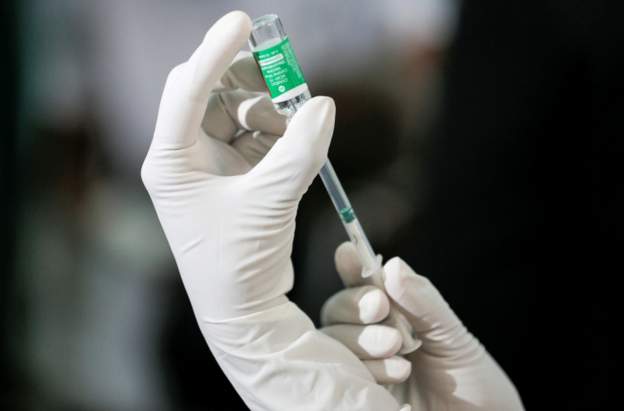
Audio By Carbonatix
In the past, vaccines have been known to be substances that teach the body to recognise and defend itself against infections from harmful pathogens, such as bacteria, viruses and parasites.
This is because they contained a harmless element of the infectious agent that directly stimulates the immune system to mount a response, beginning with the production of antibodies. Vaccines seek to provide active acquired immunity to particular infectious diseases.
They stimulate the body's immune system to prepare itself in the event that infection occurs. Cells that are responsive to the vaccine proliferate in order to manufacture antibodies specific to the provoking agent and also to form 'memory cells'.
Upon encountering the infectious agent a second time, these memory cells are quickly able to deal with the threat by producing sufficient quantities of antibody. Pathogens inside the body are eventually destroyed, thereby thwarting further infection.
Several infectious diseases including smallpox, measles, mumps, rubella, diphtheria, tetanus, whooping cough, tuberculosis and polio are no longer a threat in Europe due to the successful application of vaccines.
This is not different in the case of Ghana and Africa. Low-cost vaccines against preventable diseases have contributed to the reduction in childhood mortality.
Latest Stories
-
Police arrest suspect for unlawful possession and attempted sale of firearm
53 minutes -
3 arrested in connection with Tema robberies
1 hour -
Your mouth on weed is nothing to smile about
1 hour -
25% university fees hike, what was the plan all along? — Kristy Sakyi queries
3 hours -
Some OMCs reduce fuel prices; petrol going for GH¢10.86, diesel GH¢11.96
3 hours -
Trump says health is ‘perfect’ amid ageing concerns
4 hours -
China’s BYD set to overtake Tesla as world’s top EV seller
4 hours -
Joy FM’s iconic 90’s Jam returns tonight: Bigger, better, and packed with nostalgia
4 hours -
Uproar as UG fees skyrocket by over 25% for 2025/2026 academic year
5 hours -
Japan PM joins fight for more female toilets in parliament
6 hours -
Ga Mantse declares war on fishing industry child labour
7 hours -
Adom FM’s ‘Strictly Highlife’ lights up La Palm with rhythm and nostalgia in unforgettable experience
8 hours -
OMCs slash fuel prices as cedi gains
9 hours -
Around 40 dead in Swiss ski resort bar fire, police say
10 hours -
AFCON 2025: Aubameyang and Nsue make history among oldest goalscorers
11 hours

